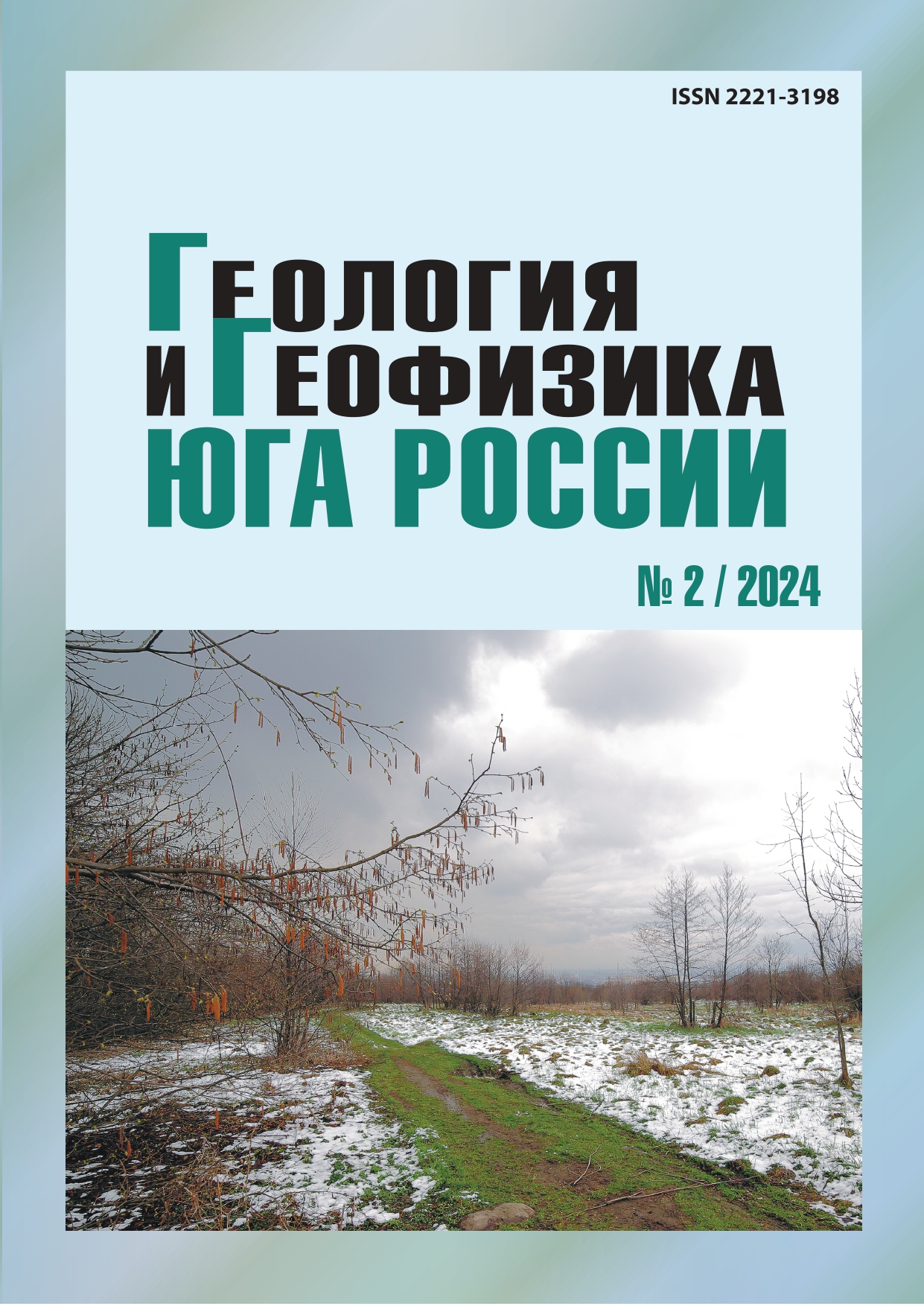Empirical models for probabilistic estimates of the vibration spectra of “soft” and “hard” soils during earthquakes
Abstract
Relevance. Recently, new data have appeared indicating a significant variability in the ratios between the vibration spectra of “soft” and “hard” soils and their dependence on a combination of factors such as the earthquake magnitude, the distance to the source and the frequency of spectral components. But these estimates are preliminary and should be clarified. Therefore, the present research aimed at solving this problem seems relevant. Aim. Improving models for probabilistic description of motions of different types of soils during earthquakes. Research object. Empirical attenuation functions with the distance of the vibration spectra of “soft” and “hard” soils during earthquakes. Methods. A comprehensive analysis of 3,472 instrumentally recorded spectra for earthquakes of different magnitude and distance, the results of macroseismic surveys of 75 strong earthquakes in different parts of the world, as well as 24 known dependencies of the macroseismic earthquake intensity on the earthquake magnitude (M) and the distance to the source (D). The resulting attenuation functions of the spectra with distance were constructed by the selection method in the form of polynomials optimally approximating the entire volume of data. All estimates are made separately for earthquakes of different magnitudes, frequencies of spectral components (f) and separately for “soft” and “hard” soils. The developed models were tested for their realism and reliability. Results. The refined variants of the dependences of the most probable levels of the Fourier spectral density |S|(M,D,f) of “soft” and “hard” soils vibrations generally confirmed the common nature and structure of the dependences established at the preliminary stage. The quantitative parameters of these dependencies for different combinations of M, D and f can differ significantly (up to 50%) from the preliminary estimates. The difference in the refined and preliminary estimates of the spectra can significantly affect the probabilistic estimates of the PSHA, which makes it relevant to revise the results of previous stages of this research cycle.


